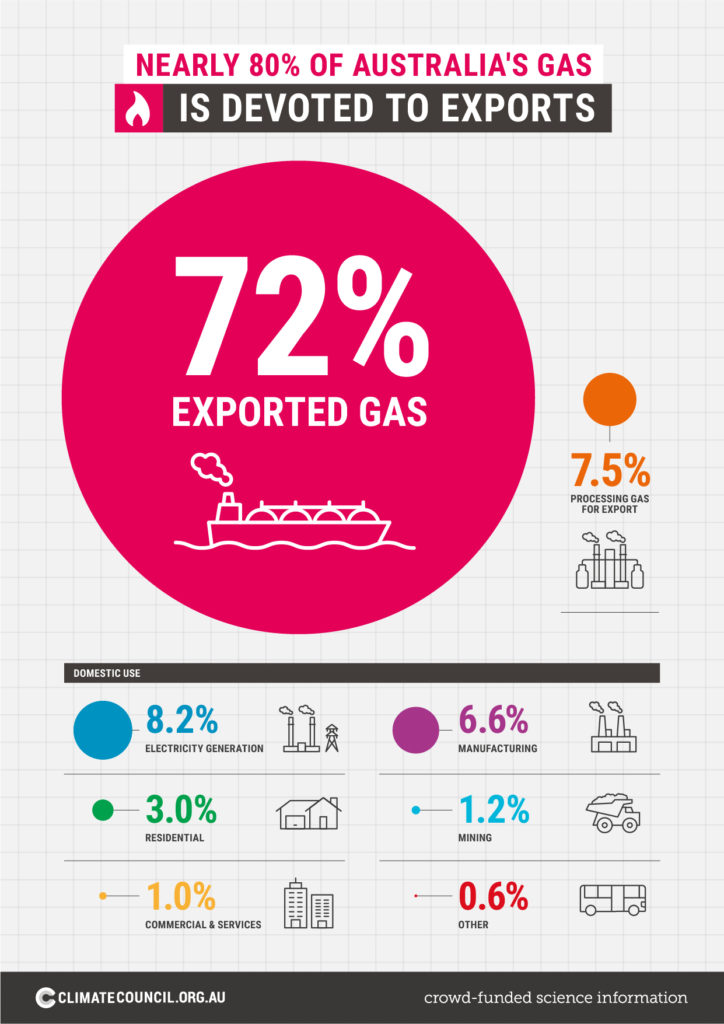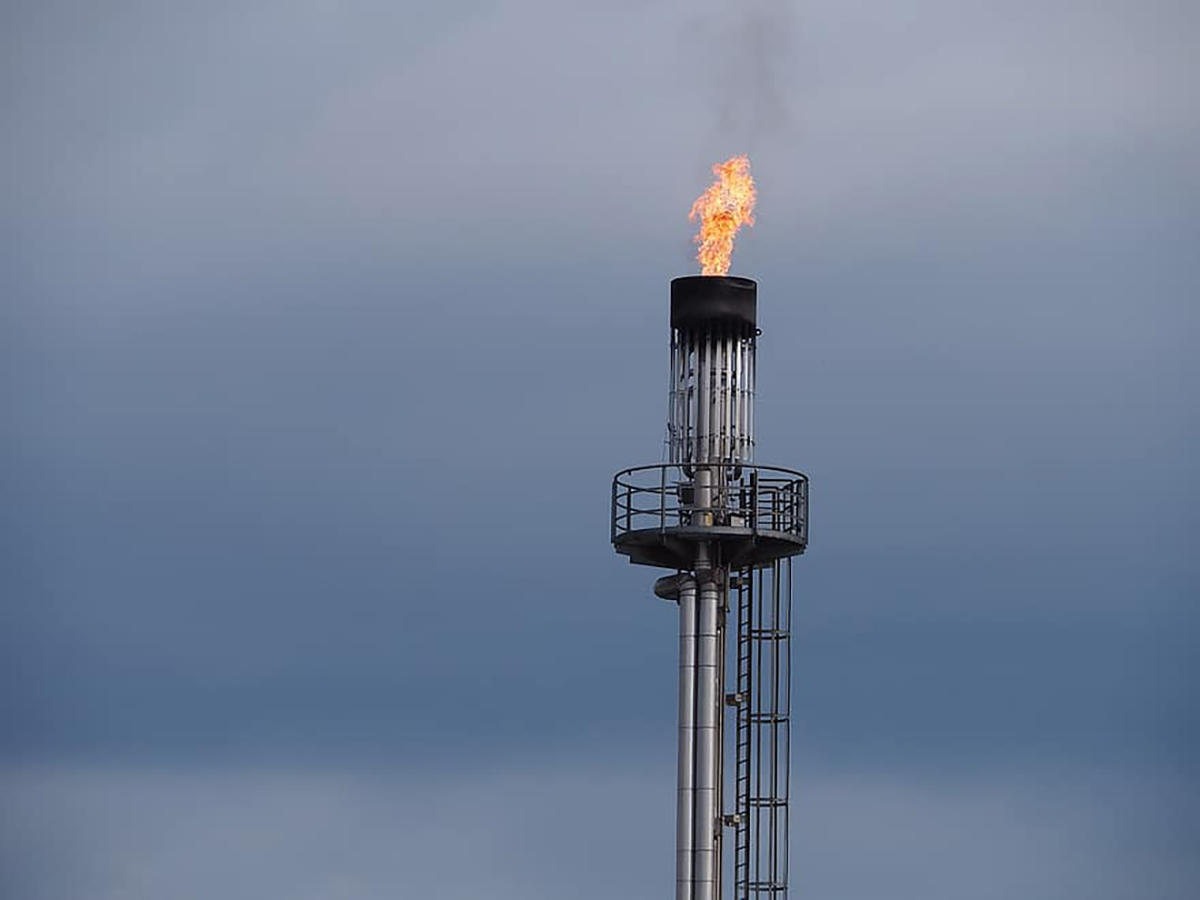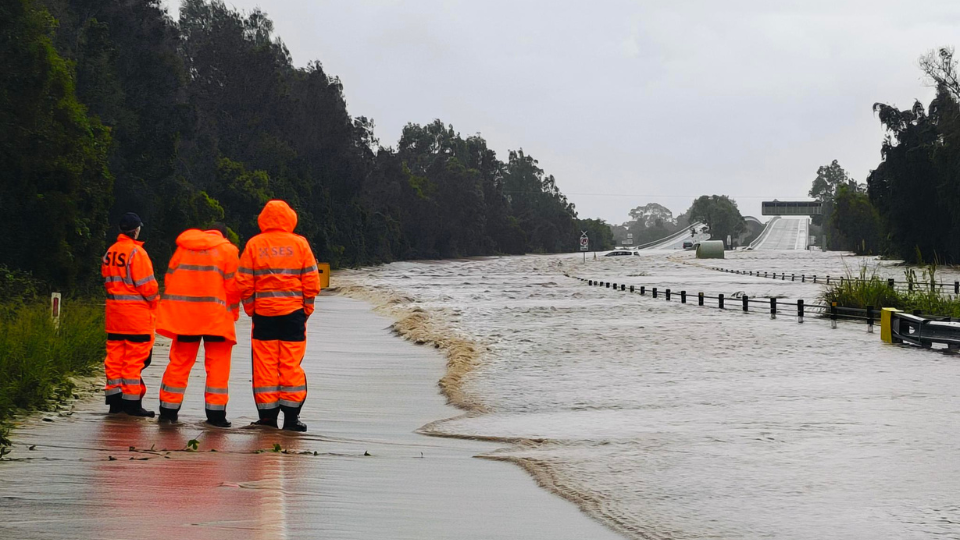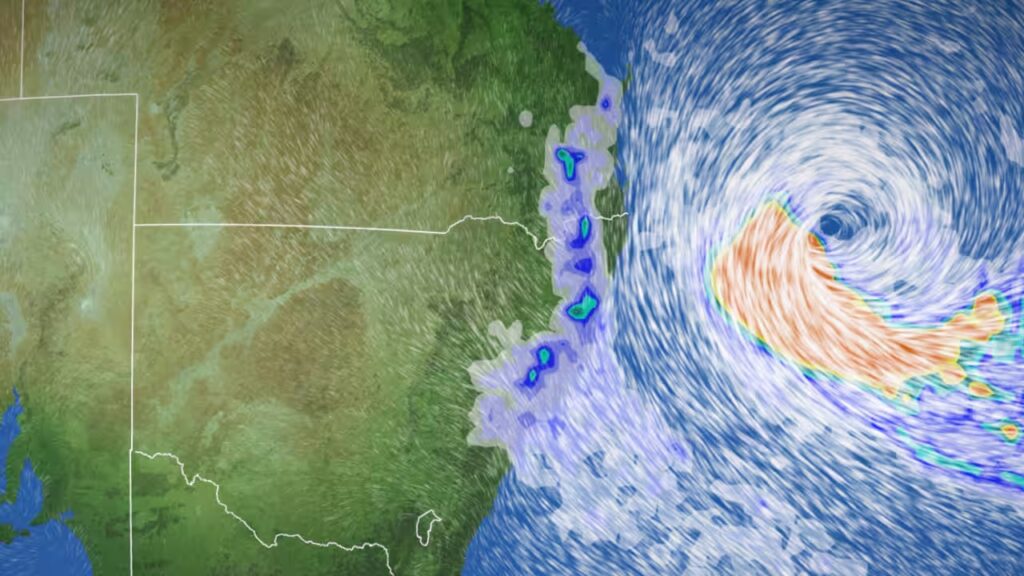The National Gas Infrastructure Plan is a proposed taxpayer-funded scheme being developed by the Federal Government to build new gas pipelines in Australia, demonstrating yet again that the Government is hung up on gas. Gas has no long-term role in Australia’s renewable future and we do not need to waste money on new gas infrastructure that will guarantee more emissions, higher power bills and rapidly become obsolete.
Key points:
- Australia does not need new gas.
- The Australian Energy Market Operator (AEMO) has modelled our energy system’s needs for the next 20 years and forecasts the role of gas will decline.
- Building new pipelines is a waste of taxpayers’ money that will lock in emissions for decades to come and delay the transition to renewable energy.
- Rather than fossil fuels, the Federal Government should be investing in transmission lines and energy storage for transporting and storing renewable electricity.
What is the National Gas Infrastructure Plan?
The National Gas Infrastructure Plan (NGIP) was included in the Federal Government’s October 2020 Budget, which put aside $10.9 million to develop it in early 2021. The energy minister has stated that this plan will be used to identify priority gas projects for government subsidies—this could mean free money to fossil fuel companies, including for new gas pipelines.
So far, there has been little transparency on which projects will be selected and which companies will benefit from them, and there is no publicly available modelling underpinning the plan. The Federal Government has justified the plan by fanning overblown fears of a gas shortage and criticising the private sector for not investing more in gas projects.
The Federal Government isn’t splashing tax-payer money around on gas projects alone, a recent report from the ABC found millions of dollars spent on consultants, advising on the various ways to subsidise the gas industry.
What is the role of gas?
80% of Australia’s gas is exported overseas or consumed in the processing of gas for export overseas. A vanishingly small percentage—just 8%—of Australia’s gas is used to make electricity, with a further 7% used in manufacturing and 3% used in homes.

Proportion of gas consumed in Australia by sector (2018-19 financial year). Data source: Department of Industry, Science, Energy and Resources (2020a).
In 2020, Australia’s National Electricity Market, the country’s largest power grid, sourced three times more power from renewable energy than gas. Gas use declined by 19% in 2020 alone, with even bigger declines in New South Wales (46%) and Victoria (52%). This downward trajectory in gas use is expected to continue and the export gas industry will soon be Australia’s largest user of gas even if you ignore the colossal quantities of gas that it exports.
Gas is an expensive and dirty source of power that struggles to compete with clean and affordable wind and solar. It does play a role in providing electricity at times of high demand but it is increasingly being displaced by energy storage, especially big batteries such as the Tesla battery in South Australia.
Finally, as renewable hydrogen technology continues to be developed for manufacturing, and as more households become all-electric, gas use is likely to continue falling.
Do we need new gas pipelines?
No. Australia already has an extensive network of gas pipelines, and if these pipelines were needed, and expected to make money, the gas industry would fund the infrastructure itself.
The Australian Energy Market Operator (AEMO), the operator of the electricity and gas networks, has developed a comprehensive energy plan that sees the role of gas declining continuously for the next two decades. It does not identify the need for any new gas infrastructure.
New gas pipelines will be expensive, taking years to build and decades to recoup construction costs. This will bind Australia to rising greenhouse gas emissions for years to come. It is a waste of taxpayer money: providing taxpayer subsidies to construct pipelines will not only prop up a polluting industry but—with the rapid transition to renewables already underway—such subsidies could see taxpayers’ money wasted as gas pipelines become stranded assets.
One common argument is jobs: that the gas industry creates jobs. Mark Ogge from the Australia Institute clarifies that the gas industry is a “tiny employer”.
“For every million dollars of output, the gas industry employs about 0.2 people, whereas for every million dollars of output in education or health, you employ upwards of 10 people.”
—Mark Ogge
Australia needs a plan to phase out existing gas infrastructure – not a plan to expand it.
Where are these proposed new pipelines?
While the gas industry would be excited to squeeze profit from any new infrastructure that the can convince the Federal Government to pay for, rather than fund themselves, several pipeline projects routinely come in at the top of the list:
- Moranbah to Gladstone
- This would connect the Bowen Basin unconventional gas fields to the three large export facilities on Curtis Island, allowing for more gas to be sent overseas
- Wallumbilla to Newcastle
- This would connect projects in Northern New South Wales, such as the Narrabri Gas Project in the Pilliga State Forest, to the same three export facilities
- Golden Beach production and pipeline project
- This would facilitate opening up a new gas field for private benefit in Victoria, with the intention of facilitating further new gas power stations in the vicinity of Longford, Victoria.
- Upgrades to existing Victorian and New South Wales pipelines
- This is intended to allow more gas to pass through existing infrastructure, leading to greater consumption of the fossil fuel.
To be clear, there is no reason that any of these projects should be government-funded, and if they were likely to make money, private developers would already have built them. The intention is to convince the government to fund them, to allow private companies to benefit from infrastructure paid for with public funds.
The Federal Government should be investing in new transmission lines, energy storage and renewable hydrogen to enable Australia to move beyond gas to a zero emissions economy.
For more information on why we need to phase out gas, read the Climate Council’s report Passing Gas: Why Renewables are the Future.










